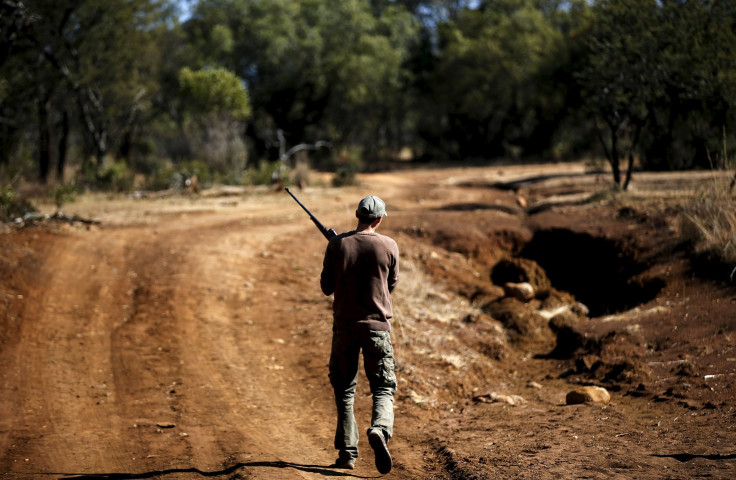Super-predation: Humans tend to kill more than other top predators

Human's hunting behaviours could alter the course of the evolution of animals, and the species’ ability to recover, a new study suggests. To date, humans as a unique super-predator kill animals at a rate far higher than all other top predators combined.
Researchers of the study, published in the Science magazine, examined 2,125 predator-prey interactions in populations on land and sea around the globe and have found the extent of the impacts of human hunting and fishing practices on preys. The analysis of the global data shows that in marine life, humans take out adult fish populations at 14 times the rate that marine predators take themselves.
And on land, human hunting practices killed top predators, such as bears, wolves and lions at a rate 9.2 times than those carnivores’ self-predation rate. The hunting activity between humans and carnivores are far different, as animals kill each other occasionally but usually because of competition, while humans aim for the maximum rewards of hunting.
“We predicted that there would be difference [on the rates], but we were surprised by the magnitude of that difference,” lead author Chris Darimont said in a Los Angeles Times report.
But the impact of the catch or hunt was not just the issue. Darimont and his colleagues from the University of Victoria in Canada said the most alarming finding in the observation is that humans focus so heavily on taking down adult preys rather than younger, smaller, weaker animals.
Conservation experts often suggest that young animals should be let go to ensure the strong and healthy species for the next generation. In spite of that, researchers said that there’s a quite difference on the focus of taking down large adult preys.
Professor Tom Reimchen, co-author of the study, explains the damaging consequences of picking out adult populations among younger members through a financial analogy. The adult species are the system's "reproductive capital," he said, which is the equivalent of the capital held in a bank account.
Humans are using that capital when they should be living off the interest, or the young species. The concentration on killing adult species is driving extinction, an evolutionary shift towards smaller fish sizes, and is disrupting global food chains, the study said.
"In the overwhelming number of cases as fishes age, they become more fecund. That is to say, they produce more eggs, have more babies, and, in fact, in many cases, many of those babies are more likely to survive and reproduce themselves,” Darimont said in a BBC report. When predators hunt the “reproductive age class” and the larger more fecund animals, people are restricting the reproductive capacity of those populations.
Researchers suggest traps for fishing which can allow catchers to exclude fish above a certain size, or the “reproductive capital.” People will then work out on how the transition from the reproductive capital to the interest, the small, younger animals, could be brought about, Reimchen added.
But with the conflicts presented, Dr Chris Carbone, who studies predator-prey relationships for the Zoological Society of London in the UK, said there was still a problem with the observations, which is the density of human predators versus their prey. He also argued that refocusing to take more juveniles would very much depend on the species, as all species would react in the same way, especially in the marine environment.
However, Carbone said the research is interesting as it aimed to deliver some actual numbers on phenomena that many in the field would recognise.
Contact the writer at feedback@ibtimes.com.au or tell us what you think below




















